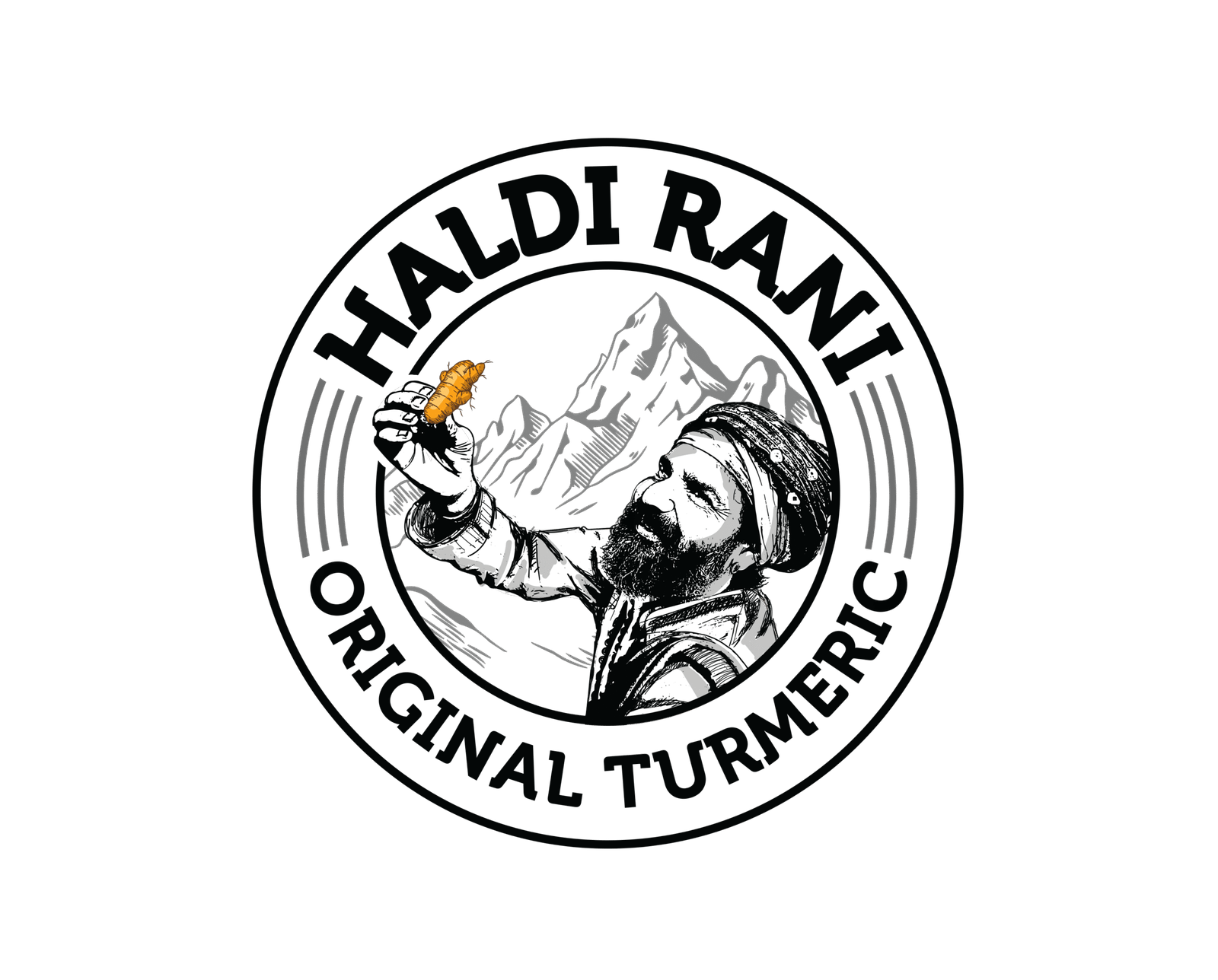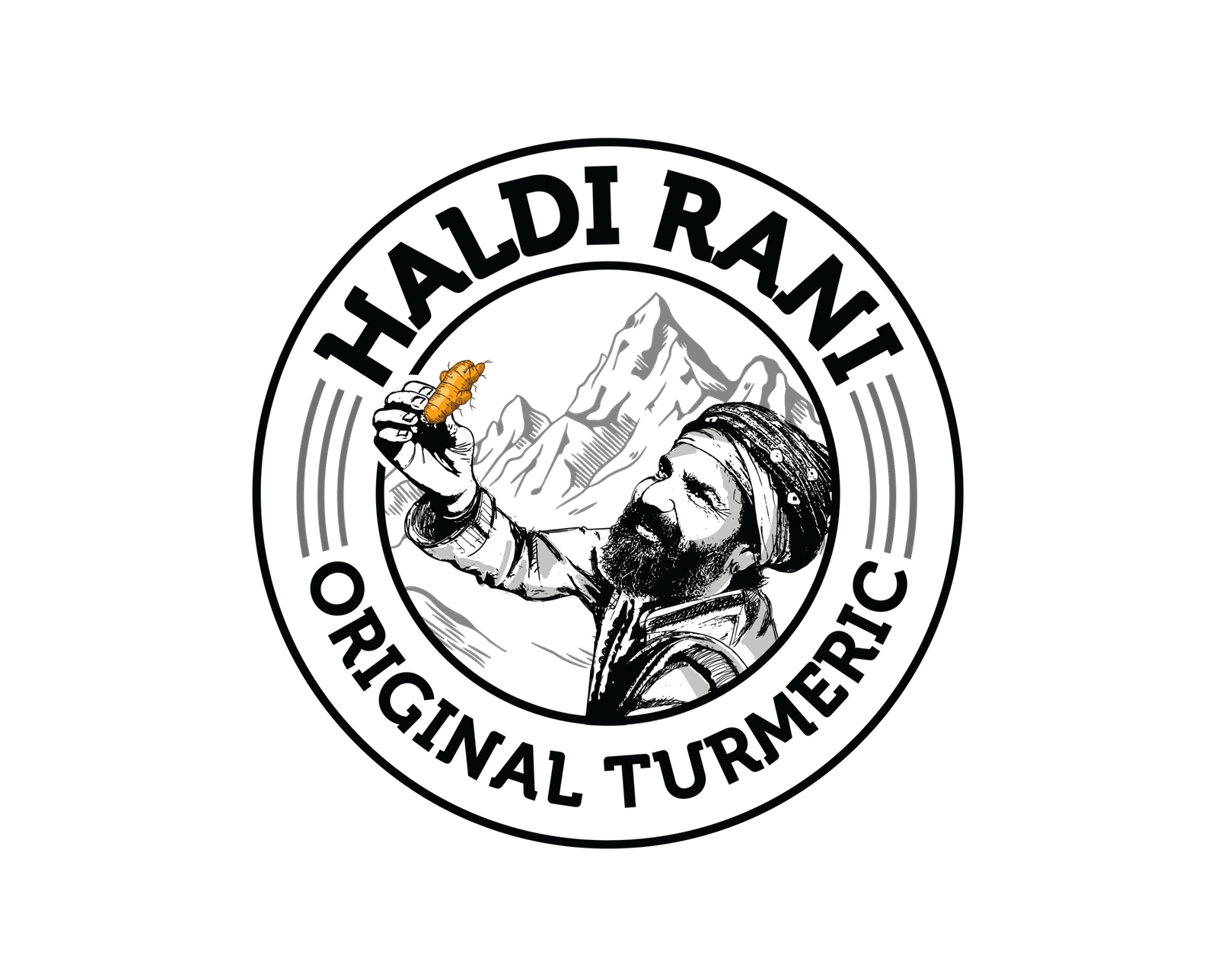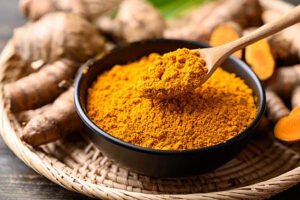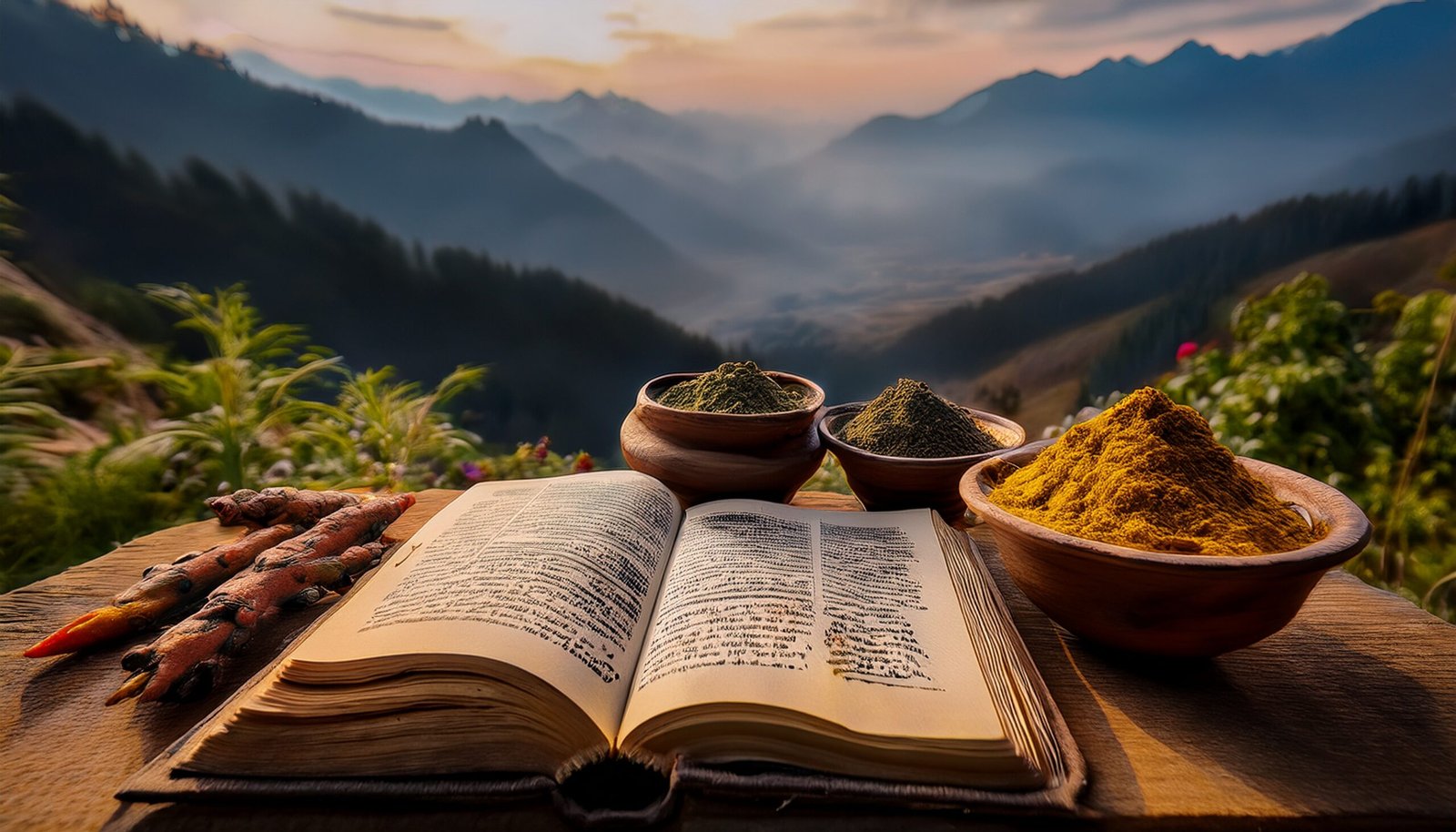
The Ancient Wisdom of Turmeric: Turmeric’s Timeless Role in Ayurveda
Turmeric, known as Haridra in Sanskrit, is more than just a golden spice in Indian kitchens. It is a sacred herb deeply rooted in the Ayurvedic tradition for over 2,000 years. At Haldi Rani, we honor this heritage by offering pure, potent turmeric-based products that support holistic wellness, beauty, and longevity.
Let us explore how Ayurveda, especially classical texts like the Charaka Samhita, Sushruta Samhita, and Bhavaprakasha Nighantu, describe turmeric as a powerful rasayana (rejuvenator) and healing herb.
Charaka Samhita (circa 1000 BCE)
The Charaka Samhita is one of the oldest foundational texts of Ayurveda, focused on internal medicine (Kaya Chikitsa). It offers comprehensive teachings on health, disease prevention, diet, and the use of medicinal herbs.
Charaka describes turmeric (Haridra) as a Rasayana Dravya — a rejuvenating herb that enhances vitality, immunity, and longevity.
Attributes of Turmeric in Charaka Samhita:
– Kaphahara: Reduces excess Kapha dosha (helpful in weight gain, congestion, and sluggish digestion)
– Kushtaghna: Effective in treating various skin disorders like acne, eczema, and rashes
– Vishaghna: Acts as a natural antitoxin, cleansing the body of harmful substances and emotional stress
– Varnya: Improves complexion, radiance, and overall skin health
Sushruta Samhita (circa 1000–600 BCE)
The Sushruta Samhita is the classical text of Ayurvedic surgery (Shalya Tantra), authored by Sage Sushruta — known as the ‘Father of Surgery.’ This text not only covers surgical procedures but also detailed instructions on wound healing, skin health, and rejuvenation.
Turmeric is celebrated in the Sushruta Samhita for its antiseptic, anti-inflammatory, and tissue-repairing qualities.
– Combined with ghee or sesame oil to accelerate healing and reduce scarring
– Used in lepas (herbal poultices) for post-surgical care and inflammation
– Recommended for skin rejuvenation, improving tone, elasticity, and reversing early signs of aging
Bhavaprakasha Nighantu (16th Century)
The Bhavaprakasha Nighantu is a classical Ayurvedic materia medica authored by Bhavamishra. It provides a highly detailed herbal listing, including turmeric’s energetic qualities, dosha effects, and therapeutic uses.
Turmeric is described as both a therapeutic and rejuvenative herb, valuable for skin, immunity, and overall vitality.
Key Ayurvedic Attributes of Turmeric:
Raktashodhaka – Blood purifier: Detoxifies blood, clears skin disorders
Vranashodhana – Wound cleanser: Heals cuts, wounds, infections; prevents scarring
Twachya – Skin enhancer: Improves glow, tone, texture; anti-acne and anti-aging
Jivaniya – Vitality giver: Boosts strength, immunity, post-illness recovery
Rasayana – Rejuvenative: Slows aging, nourishes tissues, supports longevity and youthfulness
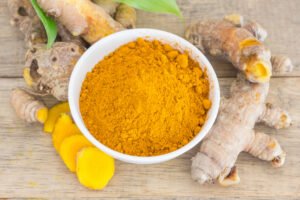
Turmeric as a Rasayana: Rejuvenation in Ayurveda
In Ayurveda, the term rasayana refers to a profound system of rejuvenation that supports longevity, vitality, and holistic well-being. These therapies and substances are used to nourish the deepest tissues of the body, strengthen immunity, slow the aging process, and enhance mental clarity. Turmeric, known as Haridra, holds a respected place among these revered herbs.
Renowned for its warming, cleansing, and anti-inflammatory properties, turmeric supports the body’s natural healing from within. Its ability to purify the blood, kindle digestive fire (agni), and eliminate toxins makes it ideal for long-term rejuvenative care. Ayurvedic texts often describe how turmeric promotes cellular regeneration and balances all three doshas, particularly when used with traditional carriers like ghee or warm milk.
Combining turmeric with ghee deeply nourishes the tissues, while mixing it with honey or milk enhances ojas, the subtle essence responsible for vitality and immunity. Black pepper is often added to enhance the absorption of curcumin, turmeric’s powerful active compound.
Turmeric is thus more than a spice—it is a daily ritual of healing and inner glow. As a rasayana, it revitalizes both body and mind, offering timeless support for graceful aging and radiant health.
Final Thoughts: Let Every Day Be Golden
From ancient scriptures to modern kitchens, turmeric continues to be a symbol of beauty, balance, and health. Let Haldi Rani be your guide to using this golden spice with intention and tradition.
“Haridra – Twachya, Rasayana, Jivaniya. Timeless. Golden. Yours.”
